Aurora Borealis, also known as northern and southern (polar) lights or aurorae (singular: aurora), are natural light displays in the sky, usually observed at night, particularly in the polar regions. They typically occur in the ionosphere. They are also referred to as polar auroras. This is a misnomer however, because they are commonly visible between 65 to 72 degrees north and south latitudes, which would place it in a ring just within the Arctic and Antarctic circles. Aurorae occur deeper inside the polar regions, but these are infrequent occurrences, and these are often invisible to the naked eye. (//en.wikipedia.org/wiki/Aurora_%28astronomy%29)
Pretty stunning stuff. Must be incredible to see it live. We have never seen it live but we found amazing picture of the Northern Lights from space and exciting information on legends built around it.

In Bulfinch’s Mythology, Thomas Bulfinch claimed in 1855 that in Norse mythology: “The Valkyrior are warlike virgins, mounted upon horses and armed with helmets and spears. /…/ When they ride forth on their errand, their armour sheds a strange flickering light, which flashes up over the northern skies, making what men call the “aurora borealis”, or “Northern Lights”. “

 An old Scandinavian name translates as “herring flash”. The northerners believed the aurora was a reflection cast by large swarms of herring into the sky. Yet a different Scandinavian source calls them ”the fires that surround the North and South edges of the world.”
An old Scandinavian name translates as “herring flash”. The northerners believed the aurora was a reflection cast by large swarms of herring into the sky. Yet a different Scandinavian source calls them ”the fires that surround the North and South edges of the world.”
The Finns named the northern lights revolution, or fox fires. According to their legend, foxes made of fire lived in Lapland. And, the fox fires were the sparks they took up into the atmosphere on their tails.

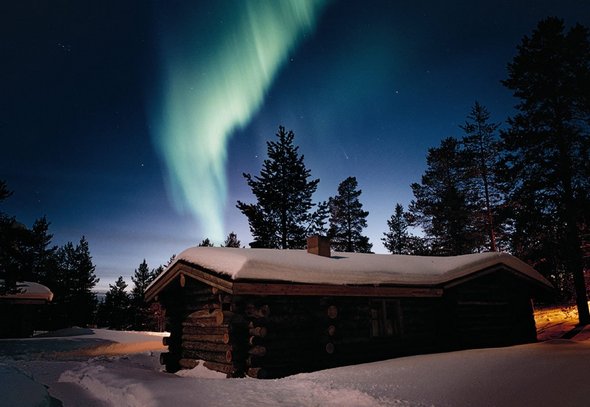
In Estonian the northern lights are called virmalised, which is a spirit being of higher realms. Some are bad guys and some are good.
The Sami people believed that a person should be careful and quiet when in the presence of the northern lights (called guovssahasat in Northern Sami). To mock the northern lights or singing about them was considered dangerous and could be reason for the lights to come down on a person and kill him/her.


The Algonquin think the lights are their ancestors dancing around a fire.
In Latvian folklore the aurora borealis, especially if red and observed in winter, are fighting souls of dead warriors especially if it is red and seen in the winter. It is an omen foretelling disaster.


Russian folklore associates the northern lights with the fire dragon (“Ognenniy Zmey”). The dragon came to women to seduce them when their husbands were gone.
The northern lights in Scotland were known as “the mirrie dancers” or na fir-chlis. The dance often ended in a fight – “the mirrie dancers bled each other last night”. The appearance of the lights also predicted bad weather.

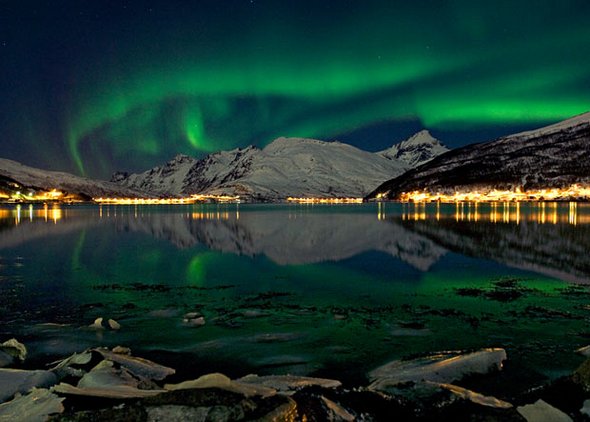
Prospectors during the Klondike Gold Rush believed that the aurora borealis was the reflection of the mother lode of all gold.
And, the Inuit people of Alaska say that the “shadows” within the display are relatives and friends who have gone to the sky. They march and dance to remind the living people of their presence. When dogs bark and howl at the sounds of the aurora borealis, it is because the dogs recognize their companions.




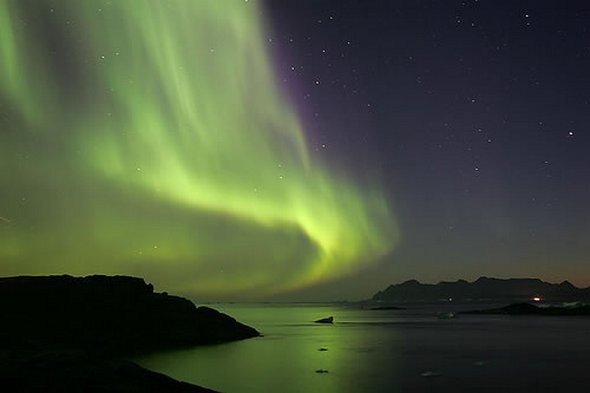
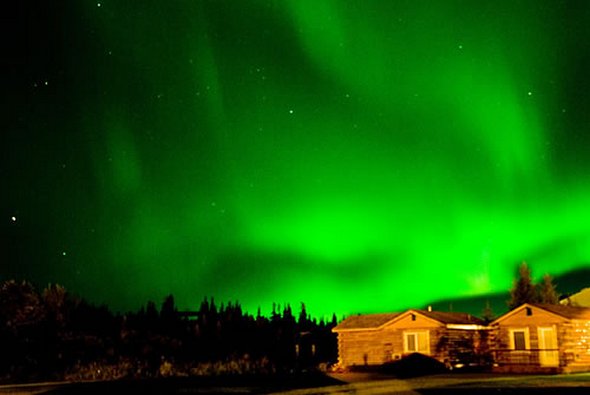
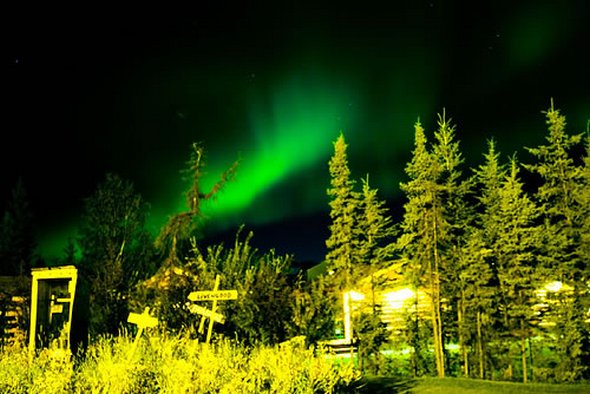








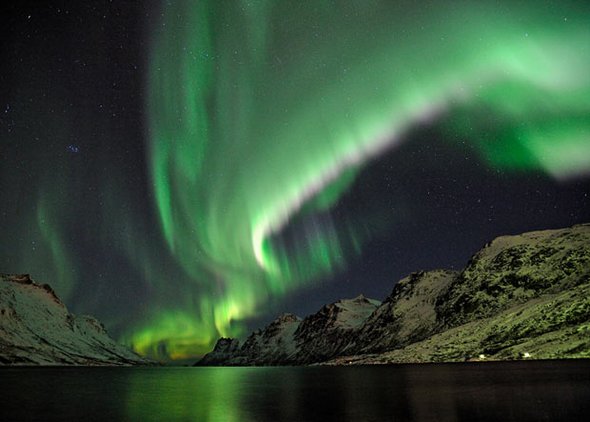
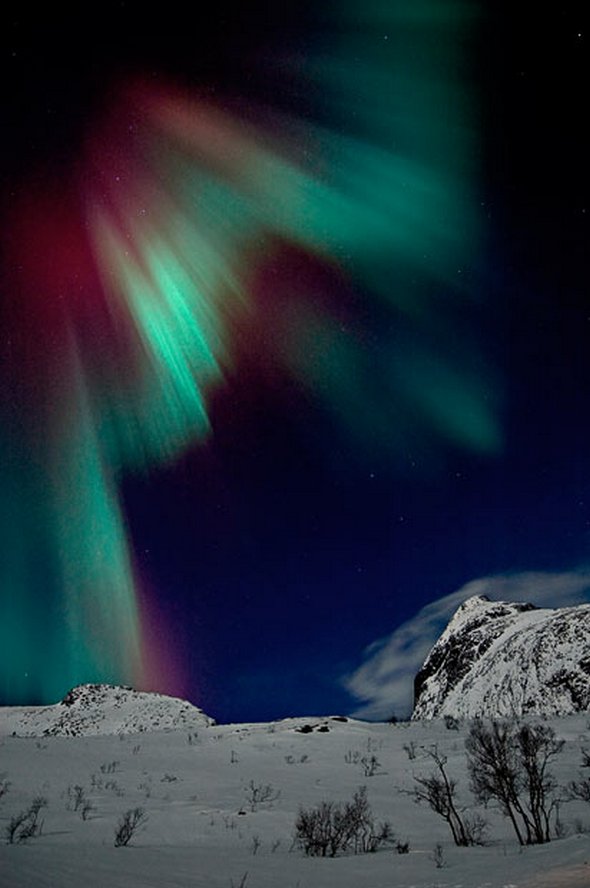
























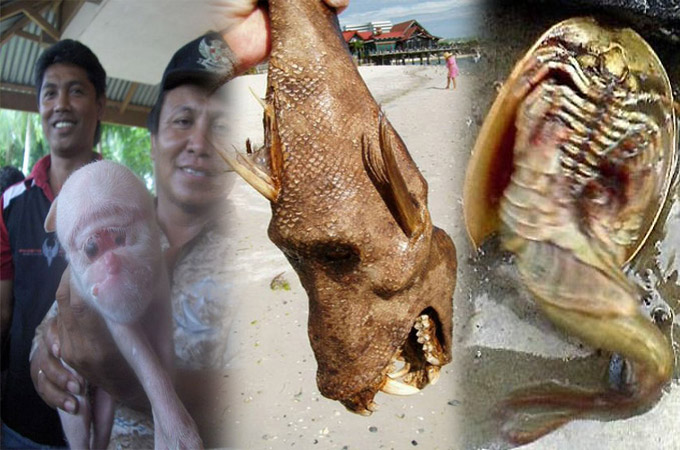

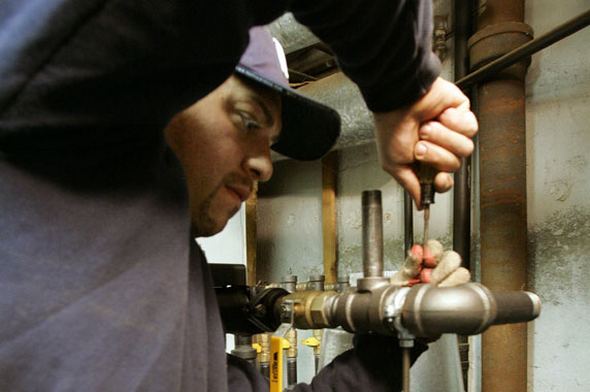
Connect yourself with Chill Out Point to get daily updates!
SUBSCRIBE to Chill Out Point's News Feed to receive our fun articles as soon as we publish them. Don't forget to join our online communities on FACEBOOK and TWITTER.Newest fun stories available on Chill Out Point's news feed !